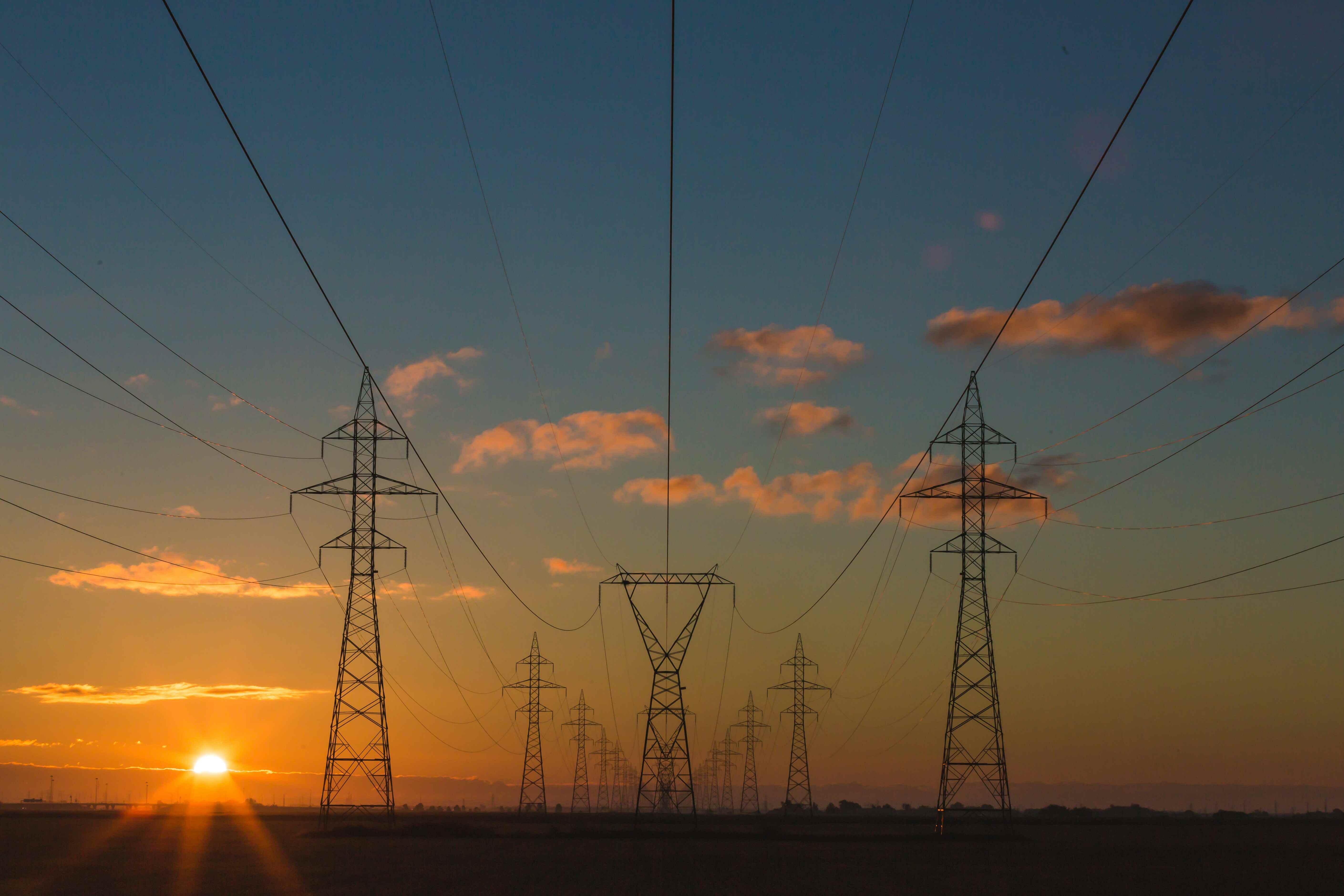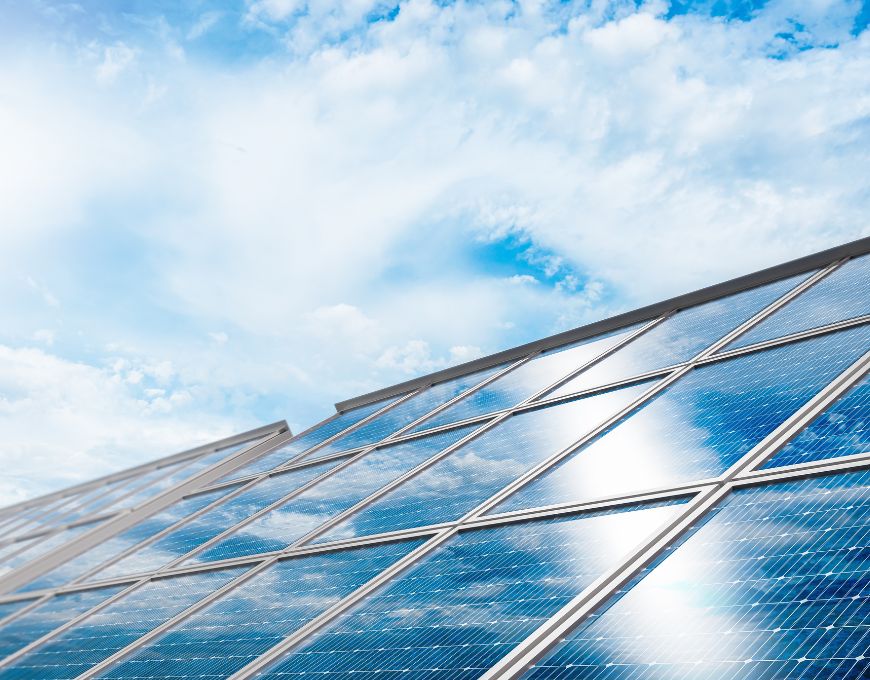
Between Alberta’s 2030 coal phase out and Premier Jason Kenney’s push for increased metallurgic coal mining, the future of the industry in the province is in flux.
TL;DR
-
The provincial government faces stiff opposition to its proposed changes to coal mining laws that would open up previously protected areas.
-
Alberta’s government is seeking to increase its share in the global metallurgic coal market.
-
Alberta is set to complete its 2030 coal phaseout seven years ahead of schedule, cutting electricity sector emissions in half.
When it comes to coal in Alberta, you’d be forgiven for being confused about the province’s stance since it has implemented one of the most ambitious coal phase out plans in the world while at the same time announcing the rollback of coal mining restrictions.
The latter action prompted a severe backlash, and the provincial government was forced to backtrack on its decision to open up large swathes of formerly protected land in the Rockies and Eastern Slopes to open-pit mining.
Alberta’s mixed messaging on coal
The Alberta government has cancelled 11 recently issued coal leases and hit the pause button on future lease sales, pending public consultation. The consultation began on March 29th, 2021 and is billed as a discussion on a “modern coal policy for Alberta.”
It could be a tough sell, as many Albertans of all political stripes have voiced their opposition to the proposed changes: a ThinkHQ poll found 69% of respondents disapprove of mining in previously protected areas.
Former Wildrose Party leader, Brian Jean asked the Calgary Herald whether it would “be better for our water and environment and our long-term reputation if we just decided to say no to starting new mines.”
NDP leader Rachel Notely voices similar concerns, describing coal as “an industry with which there is a sunset within our sights. I’m just not sure this is something any government should be building an economic recovery on.”
Now it should be noted that the current United Conservative government is focusing on metallurgical coal, namely coal used in the production of steel, which remains in high demand, especially in China.
In 2014, electricity generation used 78% of the coal mined in Alberta, with metallurgical coal making up the remaining 22%. Steel making accounts for 4.8% of global industrial emissions, and Alberta’s government wants to position the province as a leading supplier.
The economic argument for exporting metallurgical coal aside, the optics of the announcement has not been to the provincial government’s advantage: touting coal is becoming a political liability.
Highlighting the potential of Chinese coal demand (whether for power or smelting) leads to mixed messaging. Alberta’s own energy war room – the Canadian Energy Centre – warns of China’s coal emissions as part of its sales pitch for Albertan natural gas exports.
China consumes half of the world’s coal each year; that percentage increases to 75% if you include Japan, South Korea, Taiwan, India, and Southeast Asia. Meanwhile, together, the EU and US will account for just 10% of global coal demand by 2025, down from 37% in 2000. Coal power generation is the single largest contributor of global, anthropogenic CO2 emissions.
Peak coal
We have already seen the age of ‘peak coal’ as data from the International Energy Agency (IEA) shows a 1.8% decline in coal demand in 2019 due to weak electricity demand growth and cheap natural gas. 2020 saw a 5% dip in coal demand – the largest since WWII, and while coal demand is forecast to increase by 2.6% in 2021 (mainly driven by China, Japan, and Southeast Asia), demand is set to flatten by 2025 at 7.4 billion tonnes per year.
This flattening trend means that the 8 billion tonnes consumed in 2013 signals a global high water mark for coal use.
42% of coal plants worldwide are operating at a loss with wind and solar set to be cheaper than most existing coal facilities by 2030.
Keisuke Sadamori, IEA Director of Energy Markets and Security, explains that renewables are “on track to surpass coal as the largest source of electricity in the world by 2025. And by that time, natural gas will likely have [overtaken] coal as the second largest source of primary energy after oil.” 42% of coal plants worldwide are operating at a loss, with wind and solar set to be cheaper than most existing coal facilities by 2030.
Alberta is home to 91 billion tonnes of coal (at accessible depths), and coal-bearing formations underlie almost half of the province. Alberta has long been a major consumer of coal, which supplied 55% of the province’s electricity in 2014. The following year, the NDP government announced a total phase-out of coal by 2030, spelling the end for Alberta’s 18 coal power units.
It’s important to remember that 12 of Alberta’s 18 coal units would have had to close by 2030 regardless of the NDP’s plan, due to federal regulations instituted by Prime Minister Stephen Harper (hardly an enemy of Alberta energy). The remaining six units were set to close at varying dates between 2030 and 2061.
Province set to complete coal phaseout years earlier than planned
Under the current plan, 14 of Alberta’s 18 coal units will be converted to natural gas by 2029, with the rest decommissioned. This plan will reduce emissions from 45.2 megatonnes in 2016 to 25 megatonnes by 2030. The Parkland Institute anticipates that Alberta will lose 2,890 coal-related jobs as a result.
Spurred by provincial and federal deadlines, Alberta’s energy producers have risen to the challenge. They are on track to complete the province’s coal phase as early as 2023, seven years ahead of schedule.
“If we were a country, we would have the No.1 performance globally [based] on our emissions reduction performance.”
Capital Power Corp is spending $1 billion to convert two units to natural gas, and the Genesee power plant near Edmonton will have the ability to eventually run on 95% hydrogen, up from 30% initially. Atco Ltd. announced in 2017 that all its plants would be converted to natural gas by 2020, and TransAlta is on track to reduce its emissions by 70% compared to 2005 levels by 2022.
TransAlta will also end operations at the Highvale thermal coal mine (opened in 1970) – the largest open-pit coal mine in Canada – by the end of 2021.
The company has secured $750 million from Brookfield Renewable Partners to help fund its $1 billion conversion project. And TransAlta CEO, Dawn Farrell told the Calgary Herald that “the greenhouse gas emissions that you generate on gas is about half of what you generate on coal. If we were a country, we would have the No.1 performance globally [based] on our emissions reduction performance.”







